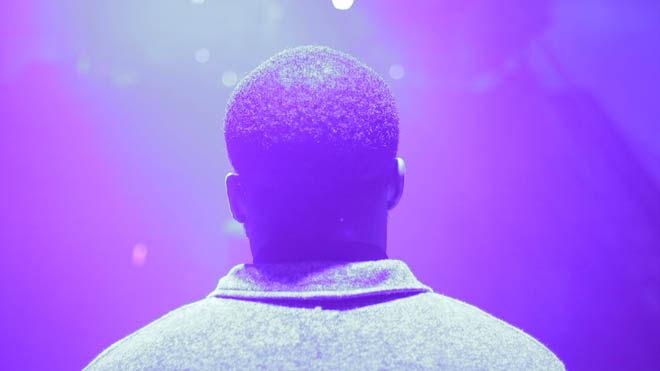Contemporary American artist Theaster Gates makes his Canadian debut this summer with an ambitious solo exhibition here the AGO. In a series of large-scale installations, Gates creates symbolic spaces in the tradition of the house museum, each dedicated to the potential of Black creativity and freedom – past, present and future. Theaster Gates: How to Build a House Museum runs til Oct. 30, 2016, filling the entire fifth floor of the AGO’s Contemporary Tower.

Theaster Gates, House Heads Liberation Training, 2016, still from colour video footage, c. 2016 Theaster Gates
Curated by Kitty Scott, the AGO’s Carol and Morton Rapp Curator, Modern & Contemporary Art, the exhibition upends the conservative customs associated with house museums, which are so often connected to narrow ideas of cultural heritage and national identity.
“By reimagining the traditional house museum and locating it inside the AGO, Gates calls attention to the need to preserve the accomplishments of Black people, whether famous or lesser known,” says Kitty Scott. “His house museums commemorate their legacies and spaces and, in this reinvention, ask vital questions about how we remember Black creativity and freedom – and how we envision their future.”
Incorporating sound, dance, video, sculpture and paintings, How to Build a House Museum is organized as six symbolic houses. Each house is dedicated to a different person or idea, such as legendary Chicago house music producer DJ Frankie Knuckles, blues musician Muddy Waters, and bricklayer George Black. The exhibition culminates in a club outfitted with a skeletal DJ booth, rotating disco ball, and Gates’s multichannel video House Heads Liberation Training (2016), which creates a space for a moving body.
ABOUT THEASTER GATES
Chicago-based Gates first visited the AGO in 2013 to deliver the Rapp Lecture in Contemporary Art, where his provocative talk, illustrated with slides from the University of Chicago, explored the impact of African art and modernist primitivism on his work. Since then, his multidisciplinary practice has been seen internationally and continues to explore space development, object making, performance and critical engagement with many publics. Founder of the non-profit Rebuild Foundation, Gates is currently a Professor in the Department of Visual Art and Director of Arts and Public Life at the University of Chicago.